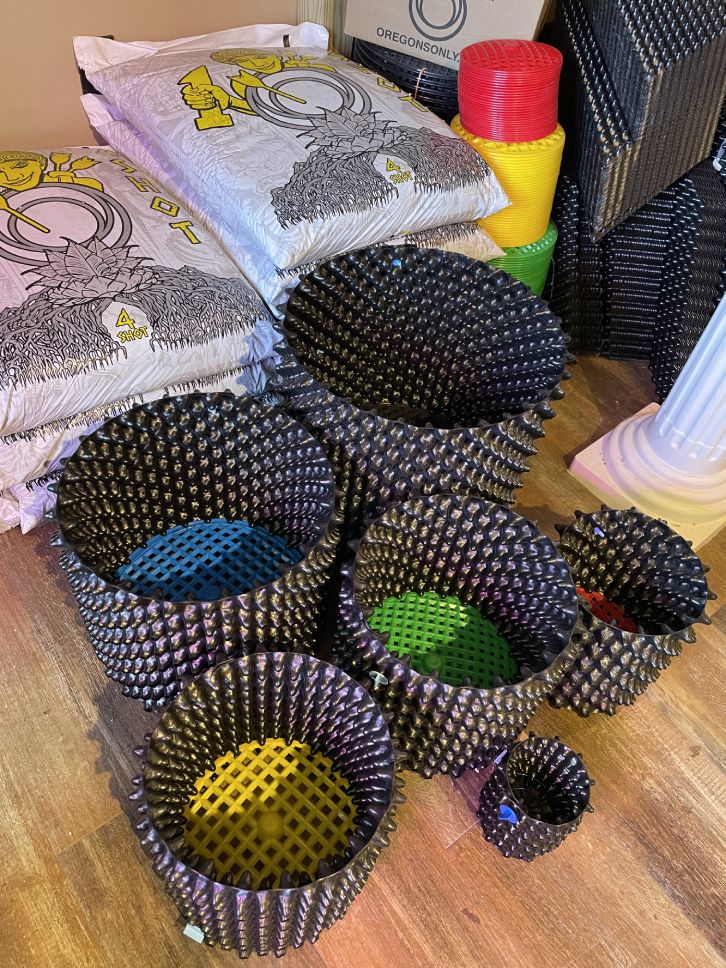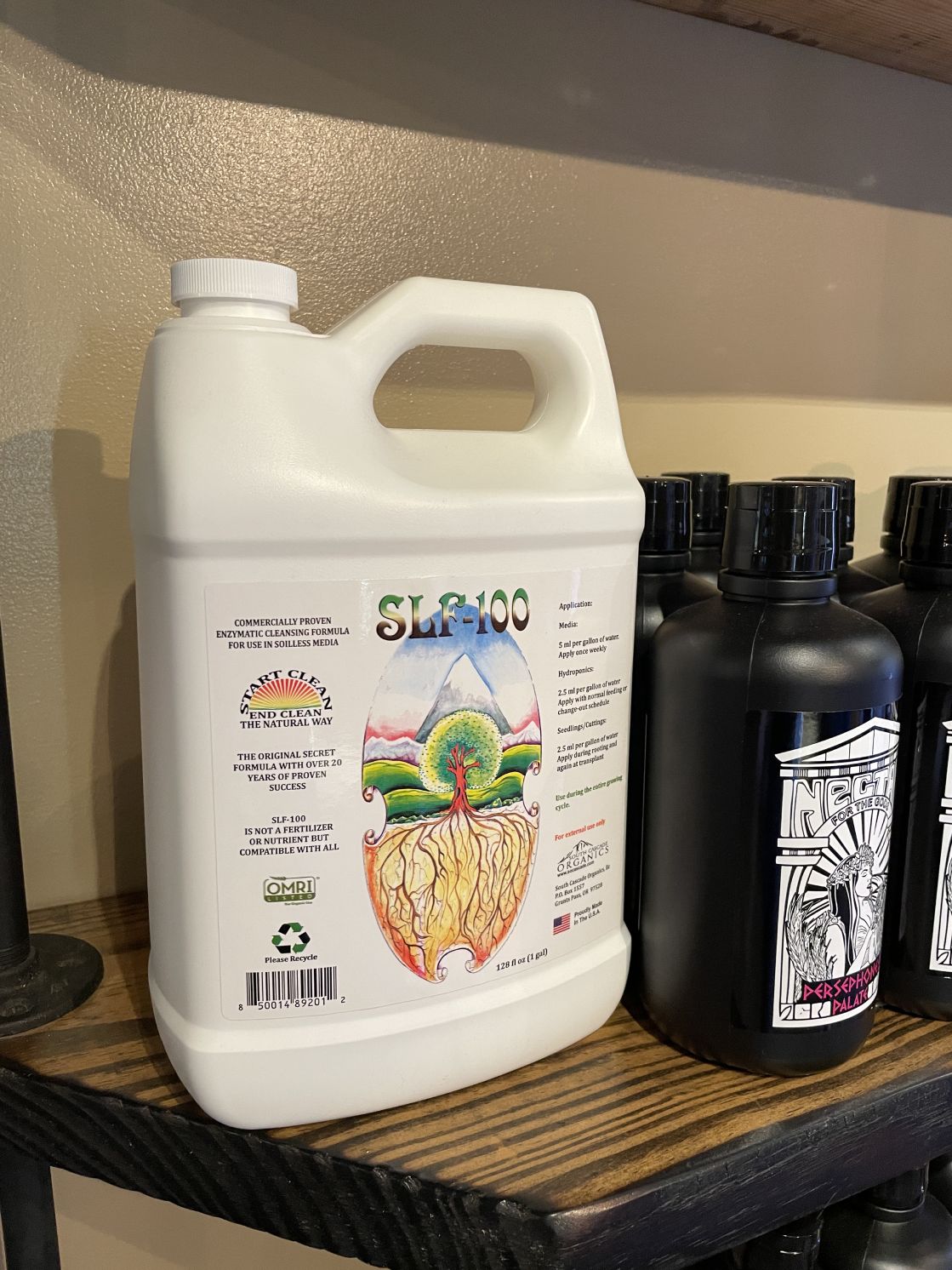The Indoor Earthworm Process: Your Secret to Flourishing Plants Through Growing
Wiki Article
Utilizing the Power of Hydroponics: a Deep Study Uses and Different Types
In the world of modern agriculture, hydroponics has arised as a technique that tests typical farming practices by using a space-saving and water-efficient alternative. The utilization of hydroponic systems opens up a world of opportunities for growing plants in varied settings, inevitably influencing food manufacturing and sustainability. As we browse with the detailed landscape of hydroponics, discovering its various types and applications, a much deeper understanding of its possible to change farming techniques and address international food protection problems starts to unravel.Benefits of Hydroponic Farming
Undoubtedly, the advantages of hydroponic farming are coming to be significantly identified in modern-day agricultural techniques. Hydroponic farming offers countless benefits over standard soil-based agriculture. Among the main benefits is water efficiency; hydroponic systems consume to 90% much less water compared to conventional farming techniques. This decrease in water usage is vital in combating water scarcity concerns internationally.Moreover, hydroponic farming permits for greater control over nutrient degrees, resulting in faster plant development and greater returns. By offering important nutrients directly to the plant roots, hydroponic systems advertise healthier and more robust plant growth. In addition, the controlled atmosphere of hydroponic systems minimizes the danger of insects and conditions, minimizing the need for dangerous pesticides and herbicides.

Typical Kinds Of Hydroponic Systems
Given the various benefits of hydroponic farming, it is necessary to check out the various usual sorts of hydroponic systems made use of in contemporary farming. One common kind is the Deep Water Culture (DWC) system, where plant origins are submerged in a nutrient remedy. One more usual system is Nutrient Film Strategy (NFT), which involves a slim film of nutrient-rich water flowing over the origins - The Indoor Earthworm. The Ups and downs system, additionally called Flood and Drainpipe, regularly floodings the plant roots with nutrient option prior to draining it. Aeroponics stands out for its approach of suspending plant origins airborne and misting them with a nutrient service. Trickle systems deliver a managed amount of nutrient remedy straight to the plant's base. Wick systems, the simplest type of hydroponics, make use of a wick to passively supply nutrition remedy to the plant roots. Each of these systems provides and provides one-of-a-kind advantages to different plant types and development phases in hydroponic agriculture.
Nutrient Film Method (NFT) System

Among the essential advantages of the NFT system is its water effectiveness. The Indoor Earthworm. Given that the nutrient service is recirculated in a shut system, this method makes use of considerably much less water compared to conventional dirt farming. Additionally, the NFT system is space-efficient, making it ideal for indoor farming or in locations with limited area for typical agriculture
Nevertheless, the NFT system calls for careful tracking and upkeep to ensure the constant circulation of water and nutrients. Any kind of disruption in the circulation can promptly impact plant health and wellness. Generally, the NFT system supplies a reliable and lasting way to grow plants hydroponically, particularly for crops that grow in well-oxygenated root atmospheres.
Deep Water Society (DWC) System
Relocating from the Nutrient Movie Strategy (NFT) system, the Deep Water Society (DWC) system is a hydroponic method that includes putting on hold plant origins directly in a nutrient option. Unlike NFT, where roots resource are constantly revealed this content to a slim movie of nutrient remedy, DWC plants have their origins immersed in a storage tank full of oxygenated vitamins and mineral water. The roots hang in the nutrient solution, enabling straight uptake of water and important nutrients.One of the crucial advantages of the DWC system is its simpleness and low upkeep requirements. DWC systems call for appropriate aeration to stop root rot and make certain optimal nutrient absorption.
Aeroponic System
A cutting-edge technique in hydroponics farming, the Aeroponic System uses a misting or fogging system to provide nutrients straight to plant roots put on hold in the air. This system is understood for its ability to promote quick growth and reliable nutrient uptake due to the straight distribution of nutrients to the roots, permitting the plant to focus its energy on development instead of looking for nutrients. In an aeroponic configuration, plants are generally housed in a shut environment where the roots are periodically misted with a nutrient solution. This misting cycle guarantees that the origins receive adequate oxygen, advertising healthy and balanced origin development and general plant development.One of the vital advantages of aeroponics is its water effectiveness, as the system utilizes dramatically less water compared to standard soil-based farming methods. Additionally, the exact distribution of nutrients straight to the roots can cause greater returns and faster development prices. While aeroponics can be extra complex to establish up and preserve compared to various other hydroponic systems, its capacity for boosted plant development and effectiveness makes it a prominent option for business growers and hydroponic lovers looking for optimum results.
Final Thought
In verdict, hydroponic farming provides many advantages and various kinds of systems to pick from. The Nutrient Film Technique (NFT) system, Deep Water Culture (DWC) system, and Aeroponic system are amongst one of the most typical methods utilized in hydroponics. Each system has its own advantages and limitations, making it vital for farmers to meticulously consider their requirements and preferences prior to choosing the most appropriate system for their crops.Unlike various other hydroponic systems where plants are submerged in this post a nutrient remedy, in the NFT system, the origins are subjected to the water only in a superficial movie.Moving from the Nutrient Movie Method (NFT) system, the Deep Water Society (DWC) system is a hydroponic method that entails putting on hold plant roots straight in a nutrient option.An ingenious approach in hydroponics farming, the Aeroponic System uses a misting or fogging system to deliver nutrients straight to plant roots put on hold in the air. The Nutrient Film Strategy (NFT) system, Deep Water Culture (DWC) system, and Aeroponic system are amongst the most common approaches utilized in hydroponics. Each system has its very own advantages and constraints, making it important for farmers to carefully consider their demands and preferences prior to selecting the most ideal system for their crops.
Report this wiki page